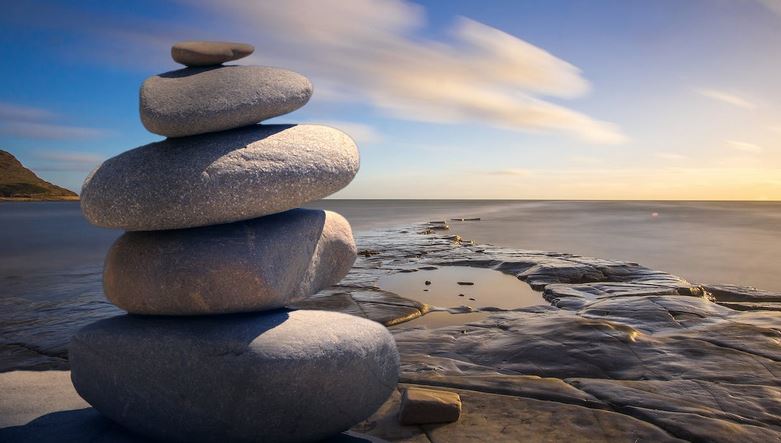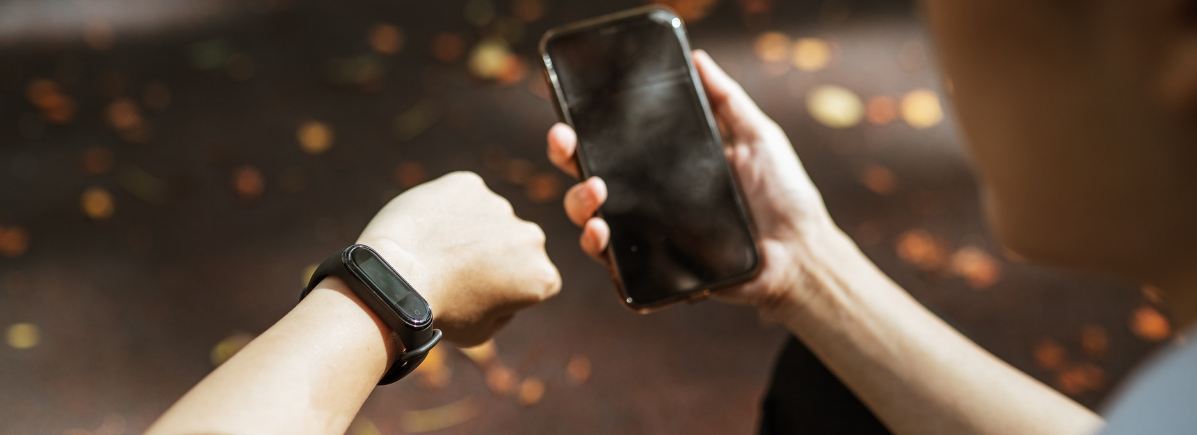7 Effective Mindfulness Techniques to Relieve Stress and Find Inner Peace

Mindfulness is a powerful tool for reducing stress and creating inner peace. Learn simple, effective techniques to help you relax, stay focused, and be more mindful. Start living a calmer life today with these scientifically-backed mindfulness strategies.
Stress is a common experience caused by various factors such as work, relationships, and finances. Stressful situations are part and parcel of life. However, too much of it can harm your physical and mental health.
So take measures to address stress to maintain a healthy lifestyle. Awareness of the signs and taking practical steps to reduce stress is vital. This can help us lead a healthier, happier life and stay productive.
Mindfulness techniques can help to reduce stress and promote relaxation. In this article, we'll explore some mindfulness techniques that you can use to relieve stress.
7 Effective Mindfulness Techniques to Relieve Stress and Find Inner Peace
Seven mindfulness techniques in this blog are efficient and can help alleviate stress and lead to the discovery of inner peace.
1. Mindful Breathing
Mindful breathing is an accessible and powerful mindfulness technique that can reduce stress and cultivate inner peace. Focusing on your breath can calm your mind, relax your body, and find stillness within yourself.
With regular practice, mindful breathing can help you cultivate greater self-awareness and control over your thoughts and emotions.
Get comfortable by sitting in a not-too-tight or restrictive position. Put your focus on the feeling of breathing in and out and observe how your body feels. Notice the ease of the air as it enters and exits your nostrils or the rise and fall of your chest.
If you find your thoughts drifting away, kindly refocus your attention on your breathing. You can practice mindful breathing for a few minutes or as long as you'd like.
2. Body Scan Meditation
Body scan meditation is a powerful mindfulness technique that can help you become more aware of your body and its sensations.
This practice involves systematically scanning your body from head to toe, paying attention to the physical sensations you experience in each area. By focusing on the present moment and being mindful of your body, this form of meditation can provide immense relaxation and help reduce stress.
Find a comfortable lying-down position and close your eyes. Begin at the top of your head and slowly move down your body, noticing any sensations you feel, such as tension, warmth, or relaxation.
When you reach the bottom of your feet, work back up to the top of your head. This technique can help you become more aware of the tension in your body and release it.
3. Mindful Walking
Mindful walking is a powerful mindfulness technique that can help us to reconnect with ourselves and the world around us.
By focusing on the feeling of our feet touching the ground, we can become aware of the present moment and gain a greater sense of balance, clarity, and peace.
We can build self-awareness, reduce stress levels, and cultivate inner calm by observing our body sensations as we walk.
Find a quiet place to walk, and begin by focusing on your breath. As you walk, notice the sensation of your feet as they touch the ground, the movement of your legs, and the feeling of the air on your skin.
Notice how your body feels and be mindful of the environment around you. Whenever your thoughts take you away, bringing your awareness back to the present is best.
4. Mindful Eating
Mindful eating can help us be more conscious and aware of what we eat. It promotes slowing down and being mindful of the whole process of eating – from selecting food to consuming it. This essential mindfulness technique can help us focus on physical, mental, and emotional well-being.
It helps us to tune into our hunger cues and recognize when we are full. It can also help us become more aware of how food choices affect our physical, mental, and emotional health.
Being mindful during meals, we can develop better eating habits that promote well-being and prevent unhealthy cravings.
Taking some time to savor your food can be beneficial. Paying attention to the food's colors, smell, and texture can help you enjoy and appreciate it better. So instead of eating while distracted, pause and savor every bite! This can help you understand and enjoy it more and aid in digestion.
This technique can help you better appreciate food and make healthier eating choices.
5. Visualization
Visualization is a powerful tool to help reduce stress and anxiety while promoting relaxation. This technique lets you close your eyes and use your imagination to create a calming image or scenario.
By visualizing yourself in a peaceful environment or surrounded by positive energy, you can relax the body and mind, leaving you feeling relaxed and refreshed.
Find a quiet place to sit, and close your eyes. Imagine a home or scenario that brings you a sense of peace and relaxation. This could be a peaceful beach, a forest, or a meadow. Use all of your reasons to get the image to life. This technique can help you relax and reduce stress.
6. Gratitude Practice
Practicing gratitude is an easy way to return to the present moment. You can start by recognizing and appreciating what you have been blessed with. This simple technique helps you become more mindful of your blessings and cultivate positive thoughts. Practicing gratitude has been proven to improve physical and mental health, help you cope with stress, and increase happiness.
Taking a few minutes daily to be mindful of all the good things in your life can make you content and tranquil. This positive reflection can bring about better well-being and peace of mind.
Take a few moments each day to write down or think about things you're grateful for. This could be simple as a good coffee or a supportive friend.
Concentrating on what you are thankful for can help you overcome stressful thoughts and emotions and redirect your attention towards more positive energies.
7. Progressive Muscle Relaxation
Progressive muscle relaxation is a simple yet powerful technique to cultivate mindfulness and reduce stress. It involves systematically tensing and relaxing different muscle groups throughout your body, helping to create physical and mental relaxation. This technique can be used anytime, anywhere, to help you de-stress and reconnect with your body.
Get cozy in a peaceful spot. Whether sitting or reclining, create an area to relax and spend much-needed time. Start with your toes and tense them for a few seconds before releasing.
Move to your calves, thighs, buttocks, stomach, chest, arms, and face, tensing and relaxing each muscle group. This technique can help release tension in your muscles and promote relaxation.
Practicing mindfulness can be an effective way to reduce stress and achieve relaxation. Whether practicing mindful breathing, body scan meditation, or visualization, the key is to focus on the present moment and bring awareness to your thoughts.
Conclusion:
Mindfulness techniques are becoming increasingly popular among people looking to reduce stress and find inner peace.
While there are many different approaches to mindfulness, seven simple steps above yet effective techniques can significantly reduce stress and create a more peaceful state of mind.
From meditation to self-reflection, these seven mindfulness techniques can help you gain control of your thoughts and feelings and create a more balanced life.




